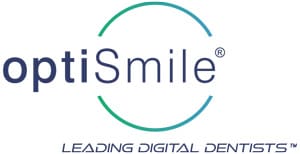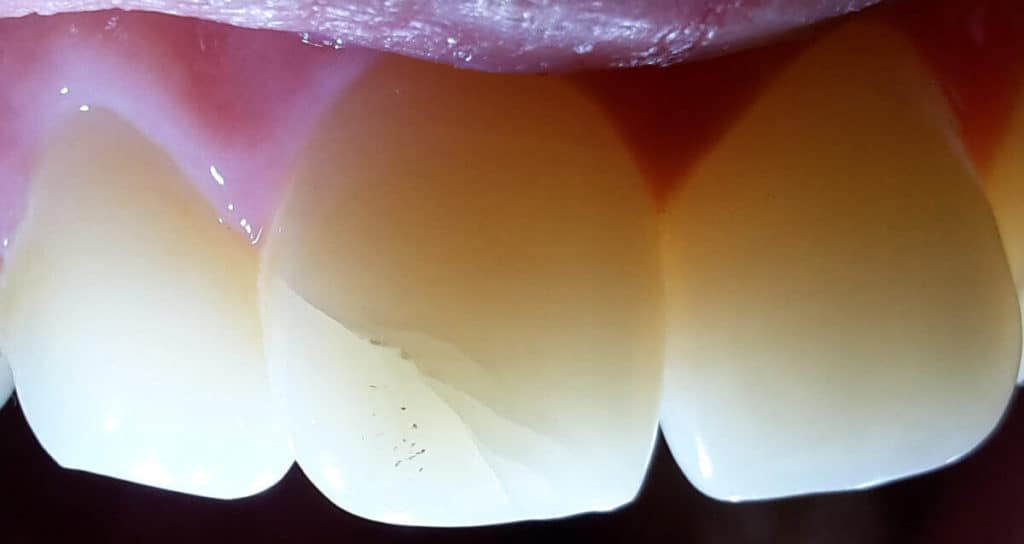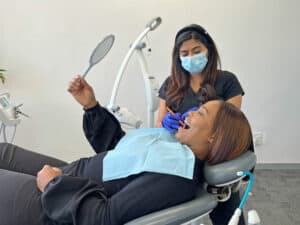What Can Cause a Cracked Tooth? Prevention and Treatment
A cracked tooth can be caused by many things such as grinding, trauma or biting into something that is too hard. Cracks can be vertical, and run down the length of the tooth, splitting the tooth if left untreated.
Hairline or craze cracks are tiny cracks in the enamel of teeth that are usually harmless. A cracked cusp will cause pain or sensitivity to biting and can break if left.
In mild cases the sensitivity from cracks can be treated from rubbing desensitizing toothpastes over the cracks daily, or having your dental clinician apply a varnish layer over the crack to seal it. In more severe cases, fillings, root canals and crowns are necessary. Patients with severe grinding problems will need to fix the teeth then have a bite plate made to protect the bite / teeth at night time when the patient is most prone to grinding and clenching.
Many people don’t even know they have cracked teeth!





